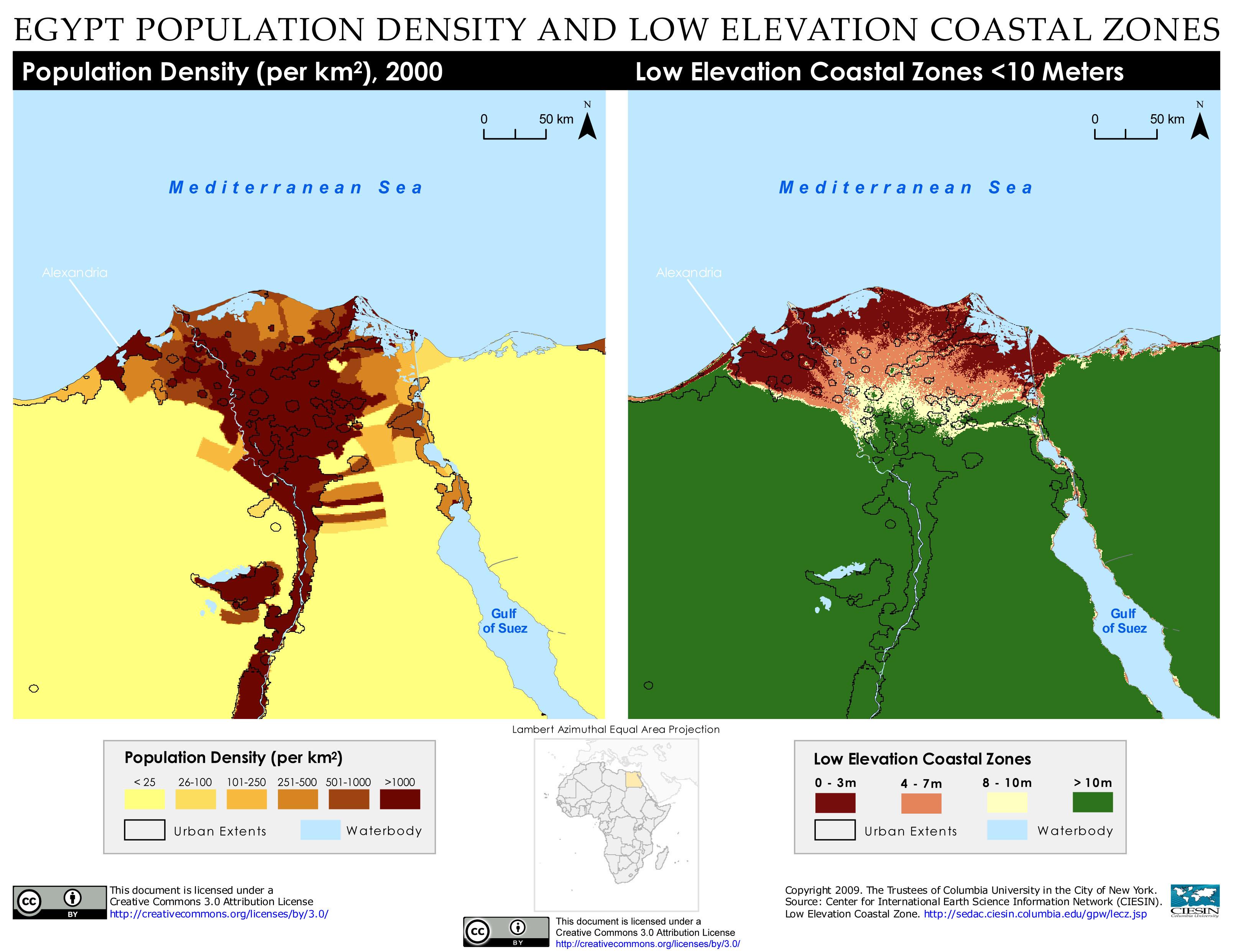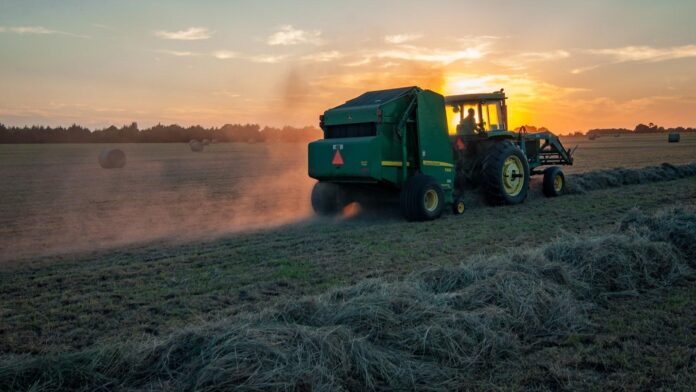In a world where the interplay between man and nature intertwines, few bonds bear as much significance as that between agriculture and water. Picture this: vast fields stretching endlessly, adorned with vibrant crops swaying in the breeze, their roots intertwined with unseen reservoirs below. While it may seem like a harmonious relationship on the surface, we often overlook a hidden menace lurking beneath the surface — agricultural runoff. Delicate as it may appear, this issue has far-reaching implications for the purity of our drinking water supplies. Join us as we delve into the depths of this aqueous enigma, unraveling the impact of agricultural runoff on our precious liquid lifelines. Prepare to embark on a journey that will open your eyes, stir your concern, and empower you to take action. Welcome to a world where dirt-caked overalls and crystal clear water collide!
Agricultural Runoff: How it Contaminates Drinking Water Sources
Clean and safe drinking water is a precious resource that we depend on for our health and well-being. However, the presence of agricultural runoff poses a significant threat to our water sources. Agricultural runoff refers to the excess water that runs off agricultural fields, carrying with it harmful pollutants and contaminants into nearby lakes, rivers, and groundwater supplies. This runoff is a result of irrigation, precipitation, and the excessive use of fertilizers and pesticides.
The impact of agricultural runoff on drinking water sources is far-reaching and multifaceted. Here are some key ways in which it contaminates our water:
- Sedimentation: Runoff carries with it soil particles, causing sedimentation in water bodies. This sediment reduces water clarity, impacting aquatic ecosystems and limiting sunlight penetration.
- Nutrient pollution: Fertilizers used in agriculture contain high levels of nutrients such as nitrogen and phosphorus. When these nutrients enter water sources through runoff, they lead to harmful algal blooms, eutrophication, and oxygen depletion.
- Chemical contamination: Pesticides and herbicides applied to crops can find their way into our drinking water sources through runoff. These chemicals pose serious health risks to humans, including developmental problems, hormonal disruption, and even cancer.
- Bacterial contamination: Livestock waste and manure can contaminate water sources with bacteria such as E. coli. Ingesting water contaminated with these pathogens can cause severe gastrointestinal illnesses.

Examining the Environmental and Health Effects of Agricultural Runoff
Agricultural runoff has become a growing concern worldwide due to its significant impact on the quality of our drinking water. The runoff occurs when rainwater or irrigation water flows over agricultural fields, picking up various chemicals, pesticides, and fertilizers that are commonly used in farming practices. These harmful substances are then carried into nearby water bodies, such as rivers, lakes, and underground aquifers, ultimately finding their way into our taps.
Understanding the environmental and health effects of agricultural runoff is crucial to address this pressing issue. The contamination of drinking water sources by these pollutants poses serious risks to both the environment and public health. Let’s examine some of the key impacts that agricultural runoff can have:
- Water pollution: The runoff introduces excessive nutrients, including nitrogen and phosphorus, into water bodies. This leads to the overgrowth of algae, creating harmful algal blooms. These blooms can deplete oxygen levels in the water, harming marine life and disrupting ecosystems.
- Pesticide contamination: Many pesticides used in farming practices are toxic and can persist in the environment. When they enter water bodies through runoff, they can contaminate drinking water sources. Long-term exposure to these chemicals has been linked to various health issues, including cancer, reproductive problems, and neurodevelopmental disorders.
- Erosion and sedimentation: Runoff can carry excessive sediments from fields, leading to soil erosion. This not only degrades the quality of agricultural lands but also causes sedimentation in water bodies. Excessive sedimentation can disrupt aquatic habitats, block sunlight penetration, and impair the health of fish and other aquatic organisms.
By , we can implement effective strategies to mitigate these impacts. It is essential for farmers, policymakers, and communities to work together to promote sustainable farming practices, reduce chemical inputs, implement buffer zones around water bodies, and adopt innovative technologies to prevent or capture runoff. Through these collective efforts, we can safeguard our drinking water sources, preserve ecosystems, and protect human health for generations to come.

Implementing Best Practices: Strategies to Reduce Agricultural Runoff Pollution
Agricultural runoff poses a significant threat to the quality of drinking water supplies. As water passes through fields and pastures, it can pick up harmful pollutants such as pesticides, fertilizers, and soil sediments. These pollutants, when carried by rain or irrigation water, find their way into rivers, lakes, and reservoirs that serve as sources of drinking water for communities. The presence of excessive nutrients like nitrogen and phosphorus in these water bodies can cause algal blooms, leading to a decrease in oxygen levels and the potential production of toxins that are harmful to both humans and aquatic life.
Fortunately, there are strategies available to mitigate the impact of agricultural runoff pollution. Implementing best practices is crucial in minimizing the release of pollutants from farms and protecting drinking water sources. One effective approach is the use of conservation practices, such as cover crops and buffer zones, which help prevent soil erosion and filter out contaminants. By planting a variety of vegetation and establishing vegetative barriers, farmers can reduce the amount of sediment and pollutants reaching nearby water bodies. Additionally, proper nutrient management is essential to minimize the application of excess fertilizers and ensure that nutrients are utilized efficiently by crops, reducing the risk of nutrient runoff. Furthermore, the implementation of precision agriculture techniques, including variable rate application of fertilizers and pesticides, helps optimize their use and minimize unnecessary runoff. These strategies, when applied collectively, can significantly reduce agricultural runoff pollution and safeguard the quality of drinking water supplies for present and future generations.

Ensuring Safe and Clean Drinking Water: Steps for Effective Regulation and Monitoring
One of the key concerns when it comes to ensuring safe and clean drinking water is the impact of agricultural runoff. The runoff from farms, including pesticides, fertilizers, and animal waste, can end up in our water sources, posing a threat to both human health and the environment. Understanding the impact of agricultural runoff on drinking water is crucial for effective regulation and monitoring to protect the well-being of communities.
Effects of Agricultural Runoff on Drinking Water:
- Contamination: Agricultural runoff can introduce harmful pollutants such as nitrates, phosphates, and various chemicals into water sources. These contaminants can lead to serious health issues when consumed by humans, including gastrointestinal problems, liver damage, and even cancer.
- Eutrophication: Excessive nutrients from runoff, like nitrogen and phosphorus, cause eutrophication, leading to the growth of harmful algal blooms. These blooms can produce toxins and deplete oxygen levels in water bodies, creating “dead zones” where marine life cannot survive.
- Destruction of ecosystems: Runoff pollutants can disrupt aquatic ecosystems, harming fish, insects, and other living organisms. This disruption can cascade through the food chain, impacting biodiversity and jeopardizing the sustainability of ecosystems.
Regulation and Monitoring Measures:
Addressing the issue of agricultural runoff requires effective regulation and monitoring strategies. Here are important steps to ensure safe and clean drinking water:
- Education: Raise awareness among farmers about the potential environmental and health risks associated with agricultural runoff. Promote sustainable farming practices and provide guidance on proper use and disposal of fertilizers and pesticides.
- Water management: Implement measures to capture and treat runoff before it reaches water bodies. Constructing retention ponds, buffer strips, and vegetative buffers can help filter and remove pollutants, minimizing their impact on drinking water sources.
- Regular testing: Establish comprehensive monitoring programs to regularly test water sources for contaminants. This will enable early detection of any potential issues and aid in immediate remediation efforts.
Key Takeaways
In conclusion, as we navigate the complex relationship between agriculture and the quality of our drinking water, it is essential to acknowledge the significant impact of agricultural runoff. The interplay of soil erosion, nutrient leaching, and chemical contamination has raised concerns about the safety and sustainability of our water sources.
Delving into the depths of this topic has shed light on the intricate web of factors influencing water pollution. From the nutritional requirements of crops to the warning signs of algae blooms, understanding the dynamics of agricultural runoff is crucial to safeguarding our precious drinking water.
While the burden falls on both farmers and policymakers to implement effective mitigation strategies, the responsibility to protect our water resources ultimately rests with each and every one of us. By cultivating awareness, demanding transparent agricultural practices, and adopting sustainable methods for food production, we can take small but impactful steps towards preserving the purity of our drinking water for generations to come.
In this pursuit, let us not forget the power of education. By disseminating knowledge about the intricate implications of agricultural runoff, we can empower communities to act as stewards of our environment. Together, we can forge a future where thriving agriculture coexists harmoniously with pristine water sources.
As we bid farewell to this exploration, let us remember that the quest for pristine drinking water is an ongoing battle, one that necessitates continuous research, collaboration, and innovative solutions. By staying informed, remaining vigilant, and driving positive change within our own spheres of influence, we can ensure that agricultural runoff becomes a solvable challenge rather than an insurmountable obstacle.
So let us raise our glasses, filled with crystal-clear water, to a future where the agricultural and aquatic realms intertwine sustainably, where a vibrant environment and safe drinking water coexist harmoniously, and where the echoes of agricultural runoff are but whispers of the past.



